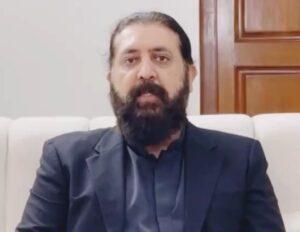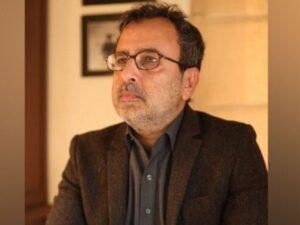Islamabad:
The constitution of the benches in high -level affairs has remained a controversial question before the Supreme Court since March 2009.
The term “bench sharing similar views” continues to gain weight even after the 26th constitutional amendment, which demanded that the appointment of judges for constitutional benches be approved by the Pakistan Judicial Commission (JCP).
The executive retains a considerable influence on the decision of the JCP, both in the appointment of the judges and in their selection for the constitutional benches.
A section of the legal fraternity considers that judicial independence has been compromised due to the functioning of the JCP. Some higher judges of the Apex courts have been accused of facilitating the executive in its influence on JCP decisions.
This is a record that the three main political parties in the country – PTI, PML -N and PPP – were all at the end of the judgments passed by so -called benches sharing the same ideas since 2009.
Before the promulgation of the 26th amendment, chief judges were often accused of having trained benches sharing the same ideas to obtain favorable results.
The term acquired an additional currency during the mandate of former chief judge Mian Saqib Nisar, when judges perceived as hostile to PML -N were systematically attributed to politically substantial cases – decisions which, in many ways, have reshaped national policy.
Similar concerns were raised during the mandates of the former CJPS Gulzar Ahmed and Umar Ata Bandial, PML-N and PPP frequently restoring the composition of the benches in sensitive cases.
To introduce transparency in the training of benches, the law of 2023 of the Supreme Court (practice and procedure) was adopted, establishing a committee of superior judges of three members, including the chief judge, to constitute benches.
Later, to further consolidate the control of judicial appointments, the 26th amendment was adopted, granting the JCP the authority to select the judges for the constitutional benches, where the executive would have been significant.
The judges who are perceived as likely to ask difficult questions have, in many cases, been sidelined by constitutional benches.
Although the amendment has been in force for more than six months, no clear criterion has yet been made to appoint judges on these benches.
Currently, 15 judges from all the provinces have been appointed to constitutional benches.
However, several superior judges, considered as not not in the “good books” of the executive, were left out, although they are among the most respected and competent members of the bench.
The current committee responsible for selecting the judges of the constitutional benches is led by judge Amicin Khan and includes judge Jamal Khan Mandokhail and Judge Muhammad Ali Mazhar.
The conduct of this committee was also examined for having pretended to have continued the tendency to form benches sharing the same ideas in highly publicized cases.
For example, the committee did not appoint J. Shahid Waheed to the bench hearing the military court case.
Likewise, judges with tax expertise were not included on the bench, to rule on the Super Fiscal affair.
More recently, the Committee aroused criticism of excluding five judges from the examination of the hearing of the bench in the reserved seats case, which questions the decision of July 12 of the SC.
Faisal Siddiqi, lawyer for the Sunni Ittehad Council (SIC), officially challenged the composition of this bench.
Even the seated judges – justice Ayesha Malik and judge Aqeel Ahmad Abbasi – have raised serious concerns concerning the composition of the greatest bench hearing the examination petitions.
During Tuesday’s hearing, signs of a divided bench were visible.
Judge Amicin Khan seemed to be reluctant to give time to SIC’s advice to submit a request contesting the composition of the bench.
However, judge Jamal Khan Mandokhail intervened, stressing that the council should have a fair opportunity to raise objections.
After this intervention, the bench decided to postpone the procedure until Monday.
An increasing perception has been established: while the ancient CJPS were considered to form benches sharing the same ideas, the current dynamics suggest that “aligned” benches are formed now, with the tacit cooperation of certain judges.
Unless transparency is brought to the process of constituting benches, the legitimacy of the judiciary can be increasingly in question.




